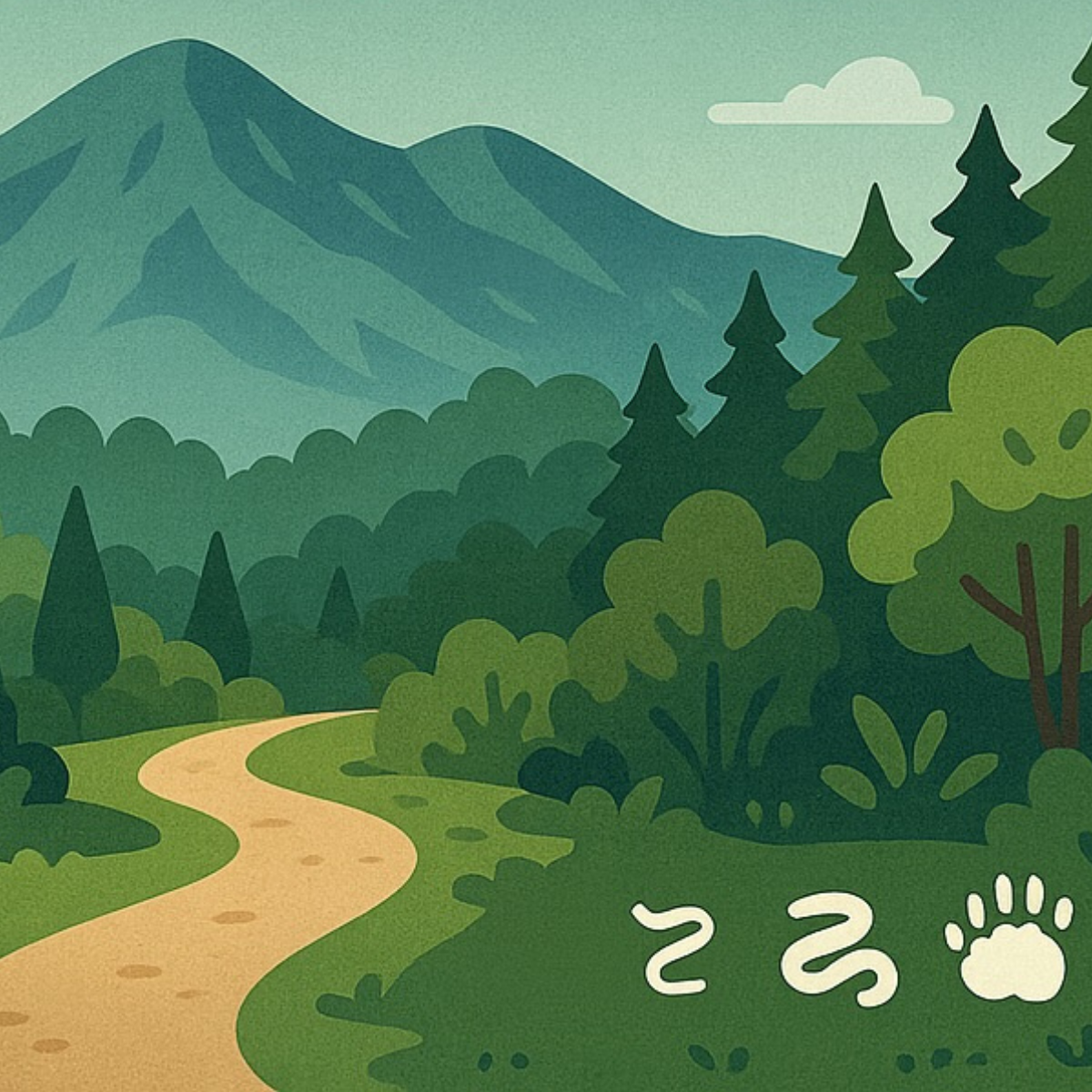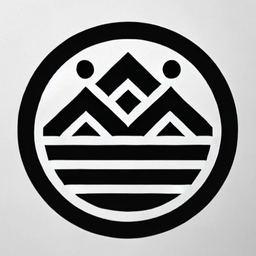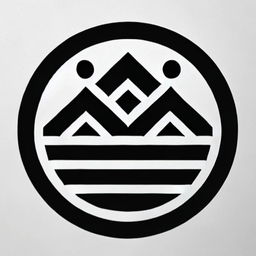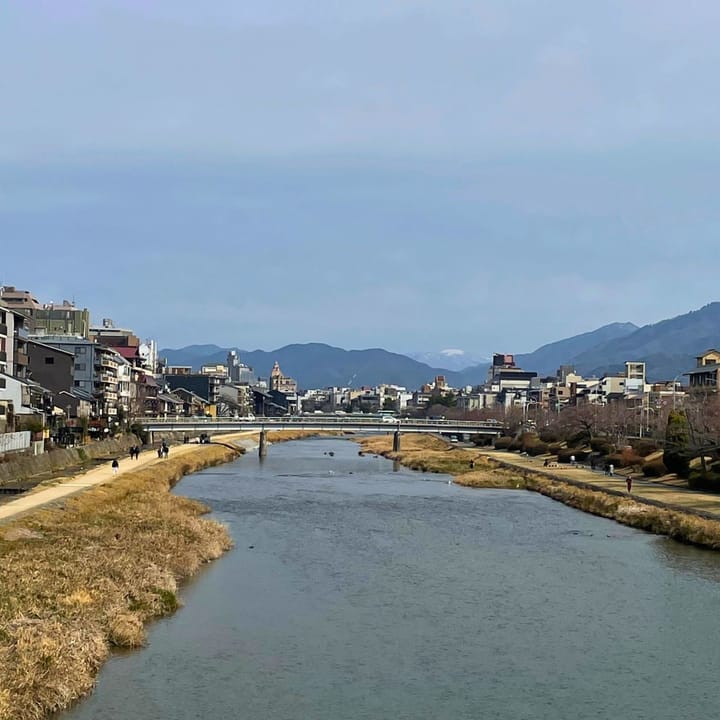Best Seasons for Hiking in Kyoto🗓️
Each season in Kyoto has its own charm—and its own challenges. Here’s a breakdown to help you plan your hike:
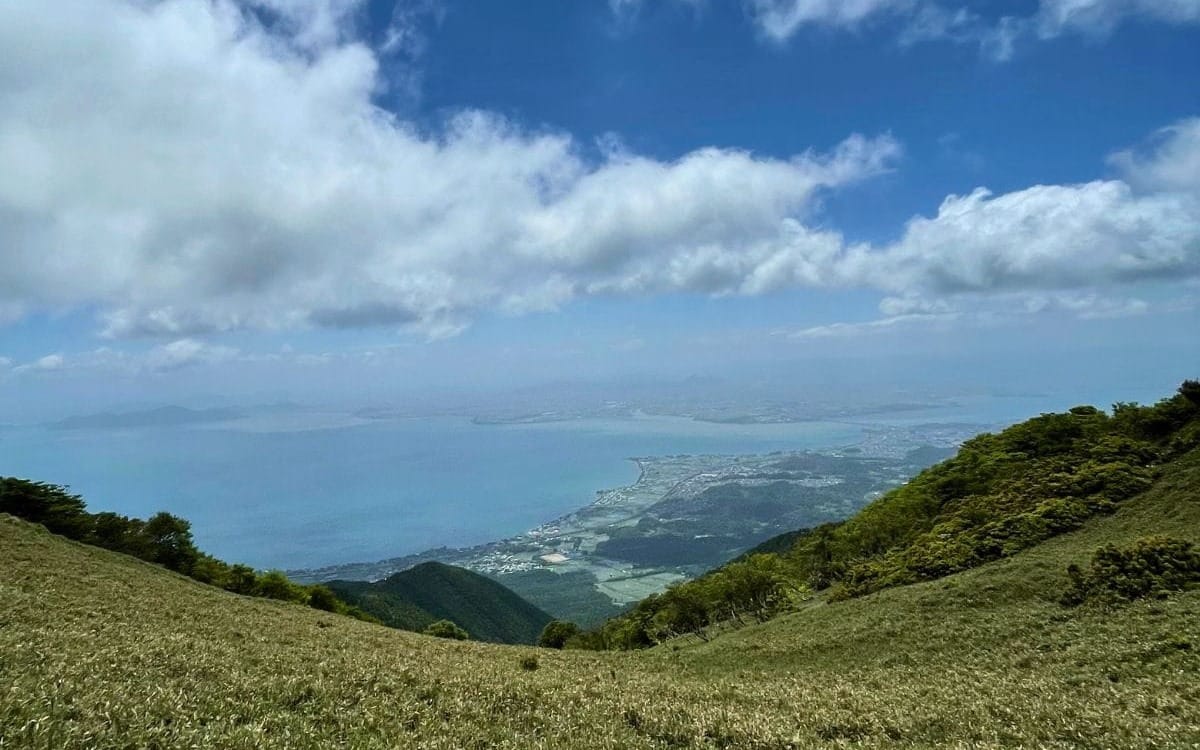
Spring (March to May)🌸 🌿
•Cherry blossoms in late March to early April
•Fresh green leaves in April and May
•Cool mornings and pleasant temperatures
•Trails can be busy during hanami (flower-viewing) season
This is one of the best times to hike. The air is clear, and nature is waking up. I like going early in the morning when the birds are most active.

Summer (June to August)☀️
•Hot and humid, especially in the city
•Forest hikes and river trails offer cooler air
•Be careful of heatstroke—bring water and take breaks
•Best to start as early as possible (before 8 am)
In the peak of summer, I avoid long, exposed trails. But shaded paths along rivers can still be enjoyable.
Also, keep in mind: Japan is not just hot—it’s humid. The humidity is so high that your sweat doesn’t evaporate easily. This means your body can’t cool down well, and it feels even hotter than the actual temperature.
If you plan to hike for a full day, each adult should carry at least 2 liters of water. I usually bring one bottle in my hand and keep another frozen in my bag. Drinking small amounts often is better than waiting until you feel thirsty.

Rainy Season (梅雨, Tsuyu – mid-June to mid-July)🌧️
•Frequent rain, high humidity
•Trails may be slippery, muddy, or even flooded
•Mountain leeches (山ビル, yamabiru) become active
•Bring a light rain jacket and waterproof shoes
This season can be peaceful if you enjoy misty, quiet trails—but always check the forecast. Sudden heavy rain (Guerrilla gouu) can cause flash floods on narrow mountain paths. I usually choose low-risk trails or take this time to rest and plan my next hike.
Tip: Don’t underestimate rainy days. If the trail is slippery, it’s okay to turn back. Safety first!
Autumn (September to November)🍁
•Colorful foliage in late October and November
•Comfortable temperatures and clear skies
•Busy weekends in famous areas like Arashiyama or Kurama
This is my favorite season for hiking. The air is crisp, and even familiar trails feel new with the changing colors. I recommend weekday hikes if you want to avoid crowds.

Winter (December to February)❄️
•Quiet, peaceful trails—sometimes with snow
•Some high mountains (like Mt. Hiei, Mt. Atago) can be icy
•Short daylight hours—start early and finish by 3–4 pm
•Bring warm layers, gloves, and maybe microspikes
Snow hikes can be magical. The silence of a snowy forest, the crunch of ice under your boots, the way temples look with a dusting of white—it feels like walking through a dream.
But also, winter hikes require more strength and skill than in other seasons. Snow and ice make the trails harder to walk, and your body uses more energy just to stay warm. Even familiar paths can feel completely different when covered in snow.
If you’re unsure or not confident, it’s okay to skip snow hikes.
There’s no shame in choosing safety. Try a lower trail or wait for spring.
I love winter hiking, but I always check the weather, pack extra gear, and hike with friends. The mountains will still be there next time.

🧭 Final Tips for a Safe and Happy Hike
Before you head out into Kyoto’s beautiful mountains, here are some final reminders to make your hike safe, comfortable, and meaningful.
📱 Download offline maps (Google Maps or YAMAP)
Phone signals can be weak or disappear completely in the mountains. Download offline maps before you go, especially if you’re trying a less-traveled trail.
YAMAP (a Japanese hiking app) is very useful—it shows detailed trails, elevation, and even lets others know where you are.
🗣️ Tell someone your plan
Even for a short hike, it’s a good idea to let a friend, family member, or hotel staff know where you’re going and when you plan to return. For longer or more remote hikes, this is especially important. Japan is safe, but accidents can still happen.
🌄 Start early
Mountain trails in Japan often have no lighting, and it gets dark earlier than you expect, especially in winter, when the sun can start to set around 4:30 pm.
Start early, give yourself plenty of time, and don’t be afraid to turn back if you feel tired or the weather changes.
🌱 Respect nature and local customs
•Take nothing, leave nothing: Don’t pick flowers, break branches, or leave trash. Kyoto’s trails are beautifully clean—let’s keep them that way.
•Be quiet in sacred places: Many trails pass by small shrines, Jizo statues, or temple paths. Speak softly and show respect.
Even just bowing slightly when passing a sacred stone or gate is appreciated by locals.

